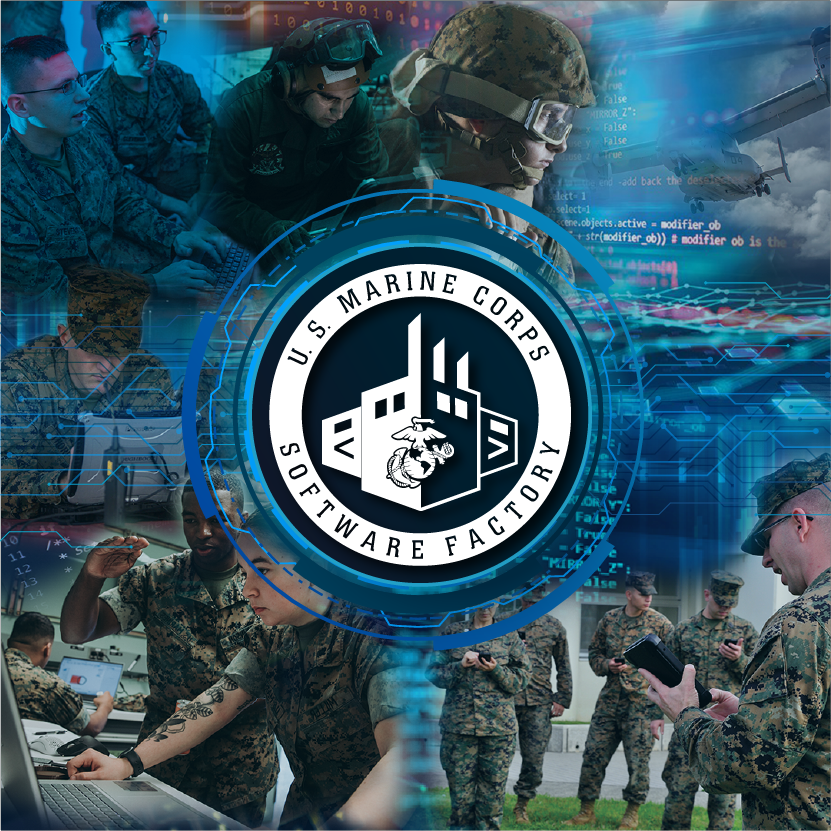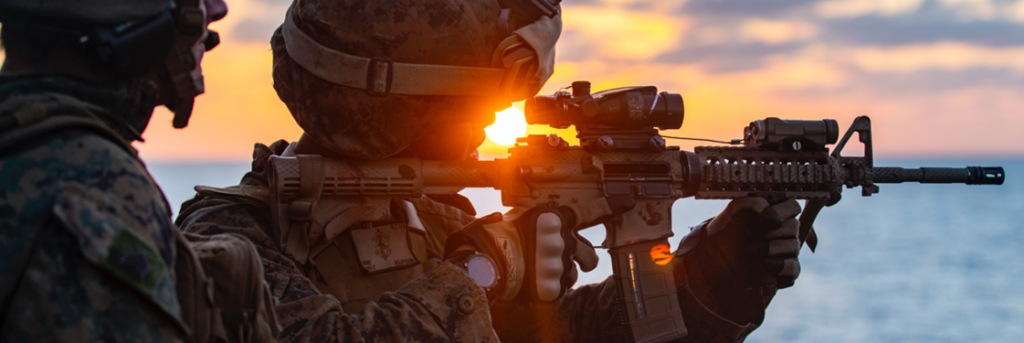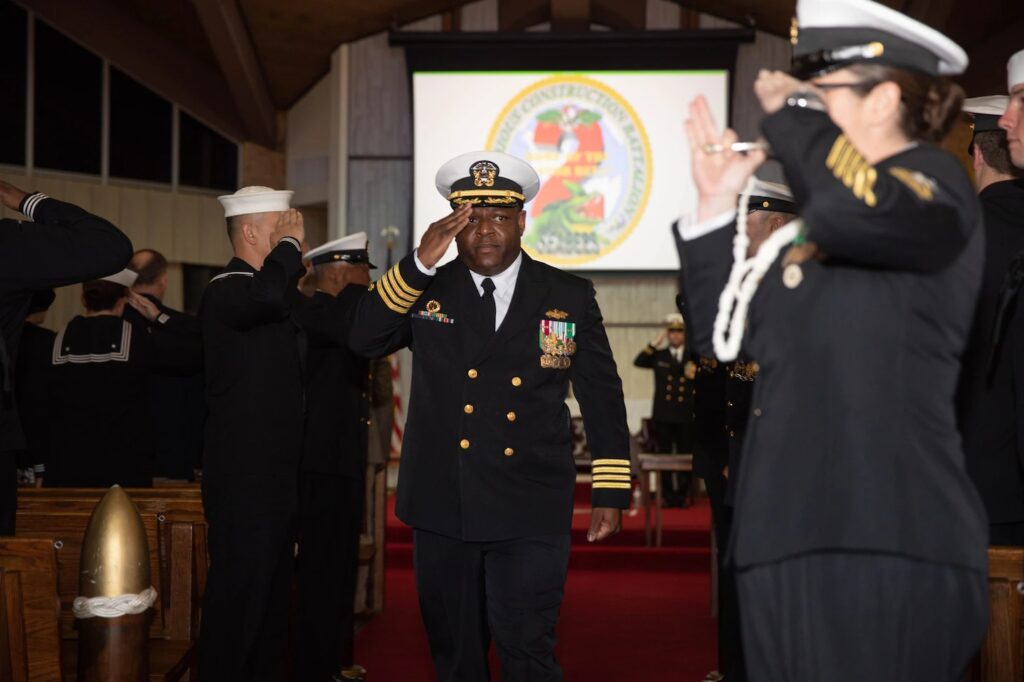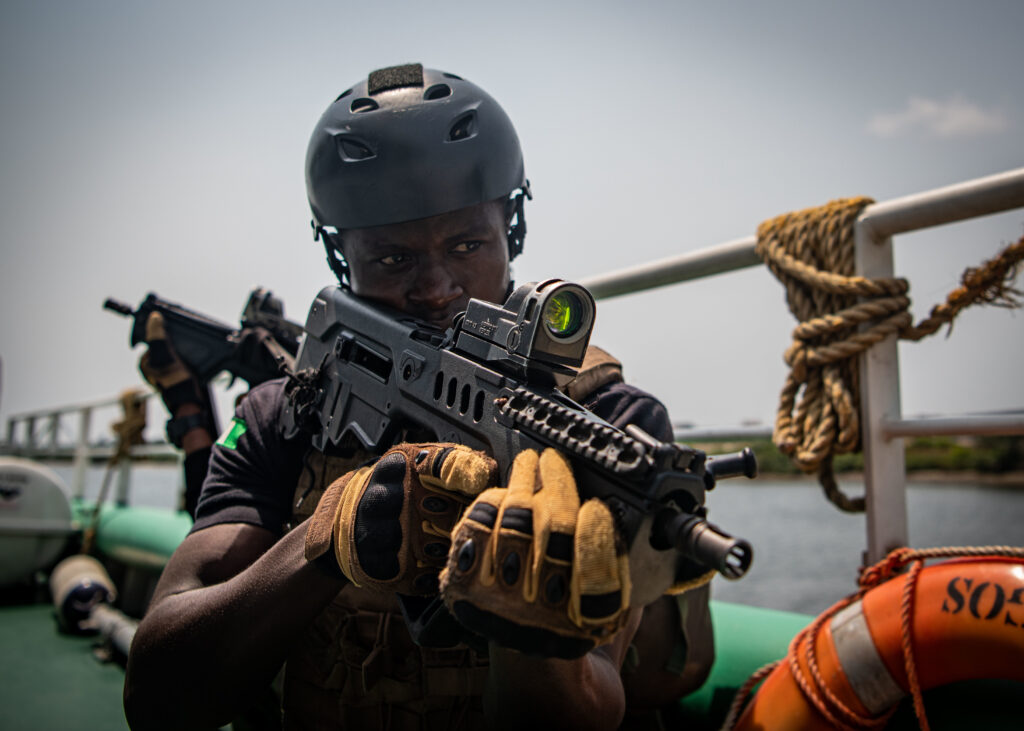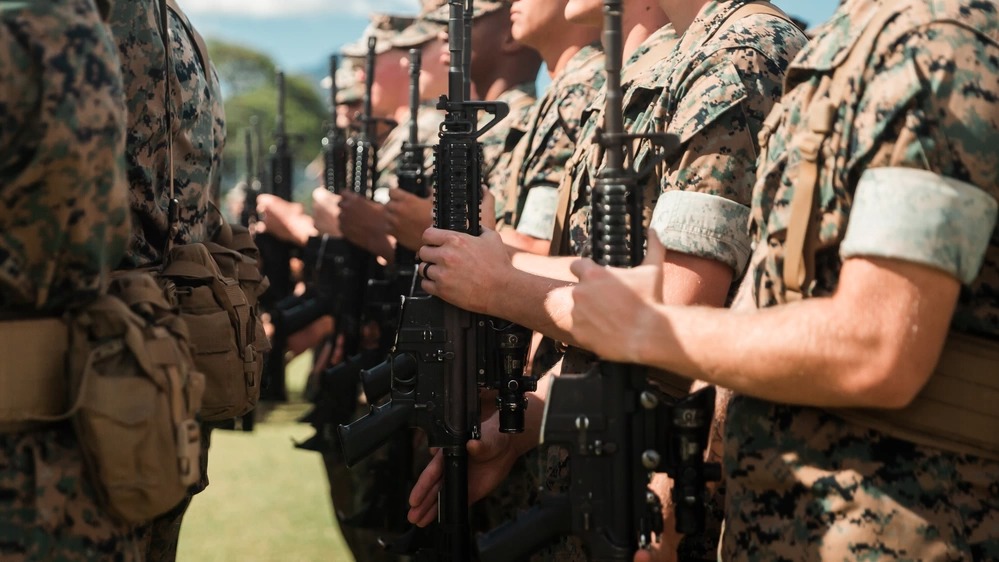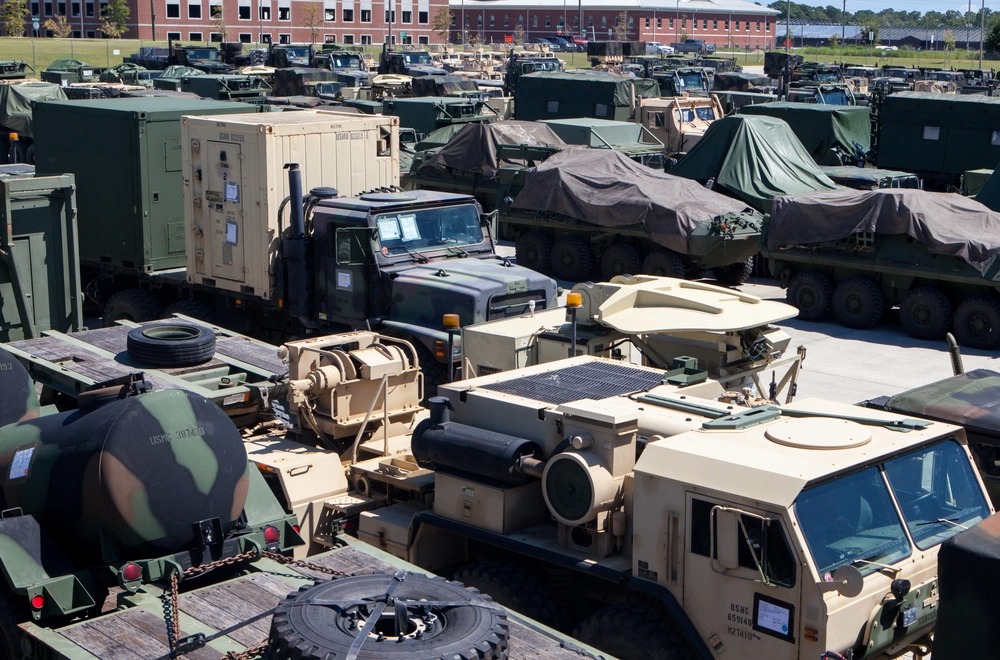Marine Commandant is Bullish on Flight II LPD Capabilities
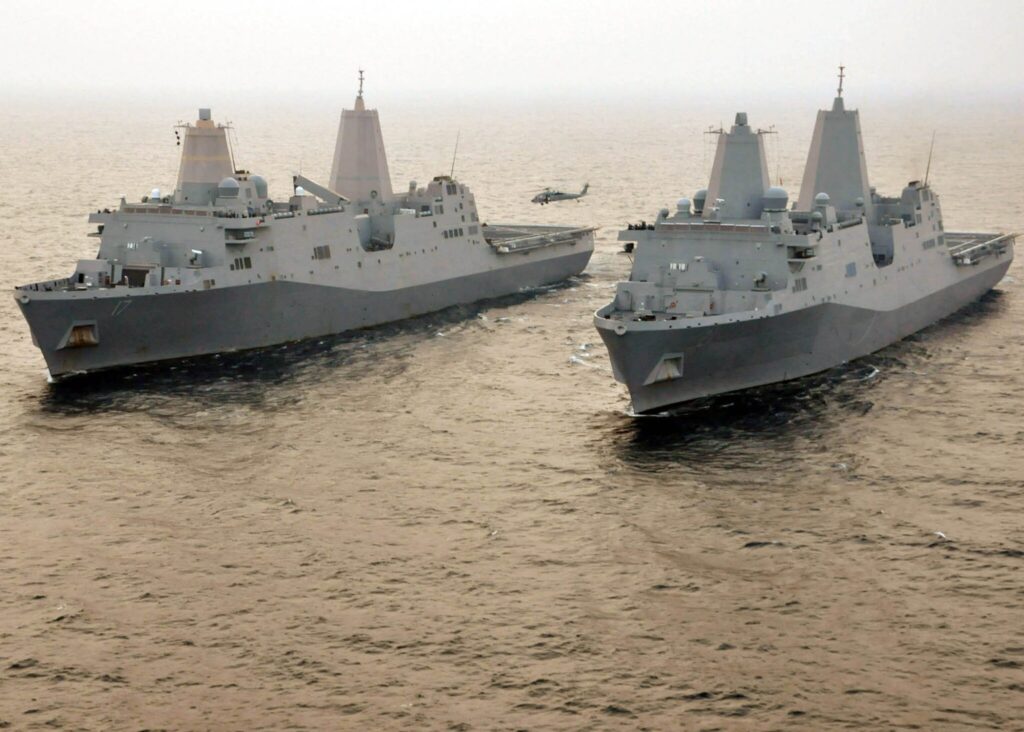
*********
WASHINGTON — The Marine Corps commandant praised the Flight II version of the San Antonio-class amphibious platform dock ship (LPD) and re-iterated his position that 31 large and medium amphibious warships is the minimum needed to enable amphibious power projection for the Marine Corps.
“The Flight II program is a huge success,” said General David H. Berger, speaking in a conversation with Defense One reporter Caitlin Kennedy during the March 16 Defense One State of the Marine Corps webcast. “To us, the Flight II is exactly what we need to replace the LSD.”
The Flight II LPD is designed to replace the old Whidbey Island-class dock landing ships (LSDs). With the Navy’s 2023 budget, the Navy had planned to retire four LSDs, but Congress refused to consent and prohibited the Navy from decommissioning them. In the 2024 budget proposal, the Navy is requesting to retire three of the LSDs.
However, the Navy is planning to gap procurement of the Flight II ships for at least five years in the 2024 Future Years Defense Plan while it evaluates the requirements of the Navy and Marine Corps and the construction costs of the ships.
“The decommissioning of the older ones [LSDs] and a strategic pause [in LPD Flight II procurement] causes a dilemma,” Berger said.
The Navy in 2014 decided to use the Flight I LPD hull as the basis for the Flight II design as a cost-saving measure. Berger said the cost of as Flight II ship was $1.62 billion, compared to $2 billion for a Flight I ship.
The commandant also said that the number large and medium amphibious warships needed was nothing less than 31, noting that if the number drops below 31, the nation will lack the Marine presence to respond to crises. He pointed to lack of an amphibious ready group and associated Marine Expeditionary Unit in the Mediterranean Sea to respond to the need disaster relief following the recent earthquake in Türkiye.
“If the net number of amphibious ships starts to drop … and you don’t have the amphibious ships that you need — we have the Marines, the Navy has the Sailors — the limiting factor here is the number of ships,” he said. “If that happens, you can’t respond in the timeline, you can’t respond when the need is urgent. This is the underpinning of our national strategy … the ability to support allies and partners and deter something from happening. You need to be forward to do that.”
Berger also re-iterated his support for Chief of Naval Operations Admiral Michael Gilday’s number one priority of readiness. The commandant said the funds for ship maintenance the Navy proposed in the 2024 budget, “were absolutely a step in the right direction.”
